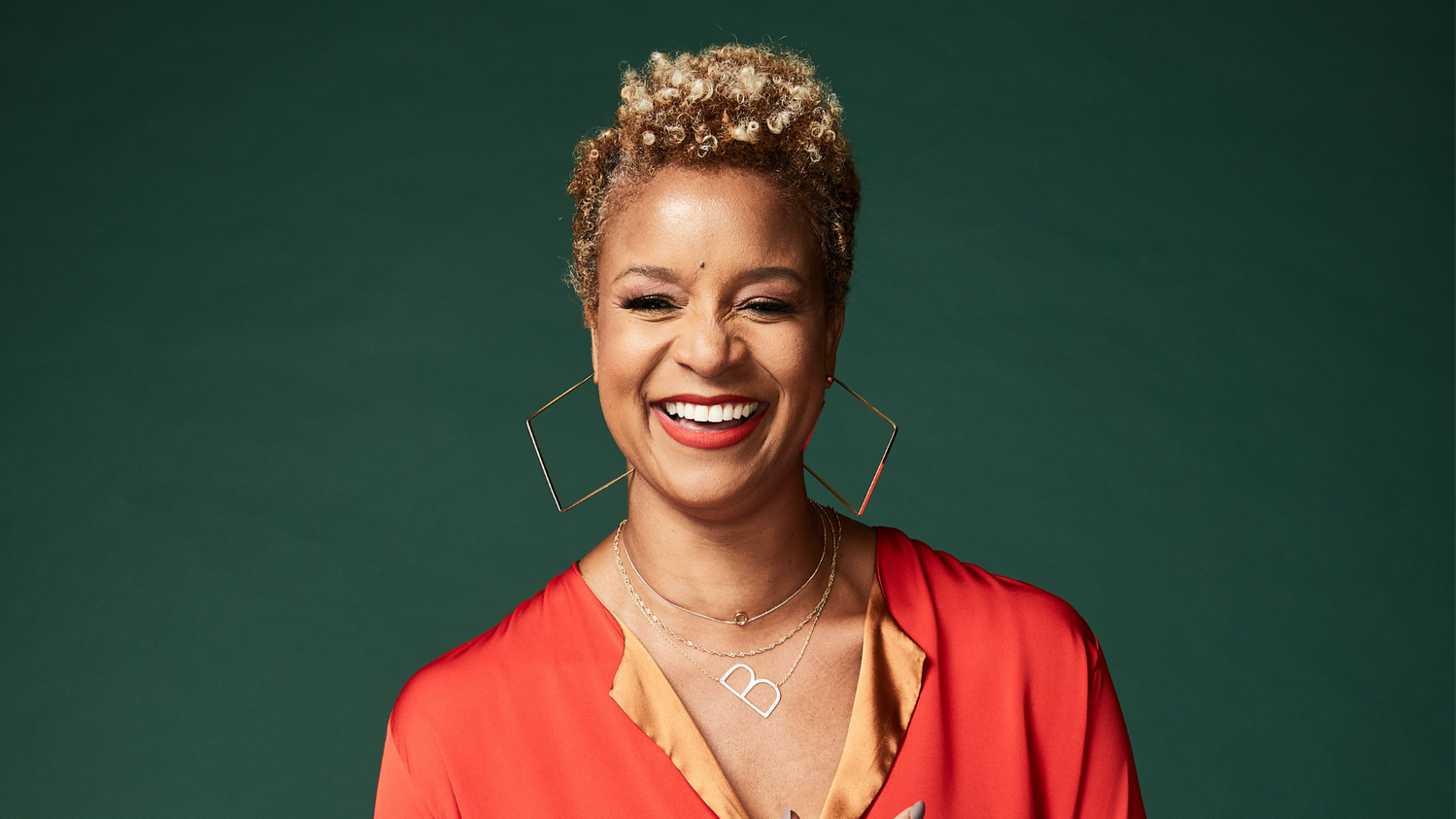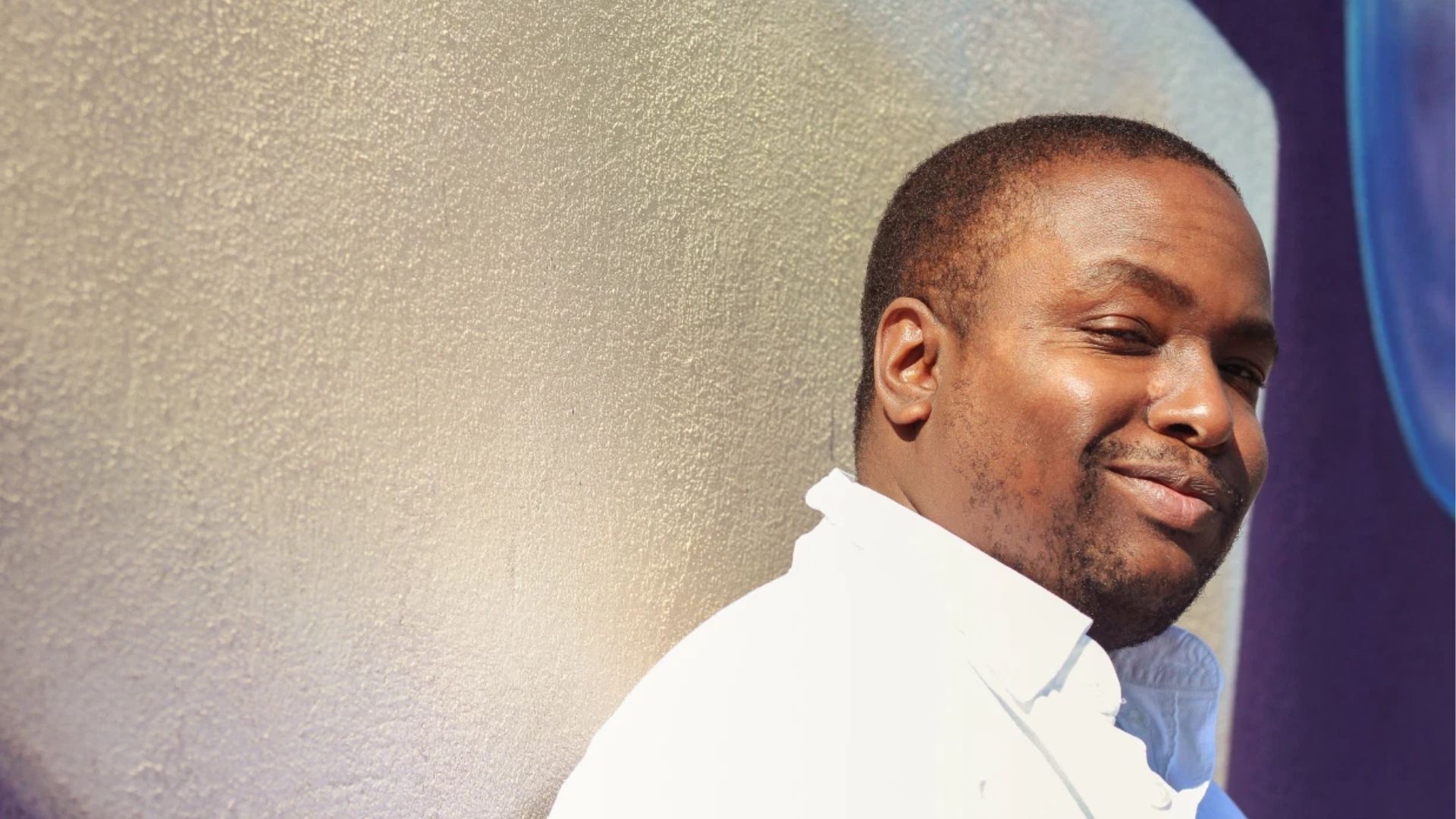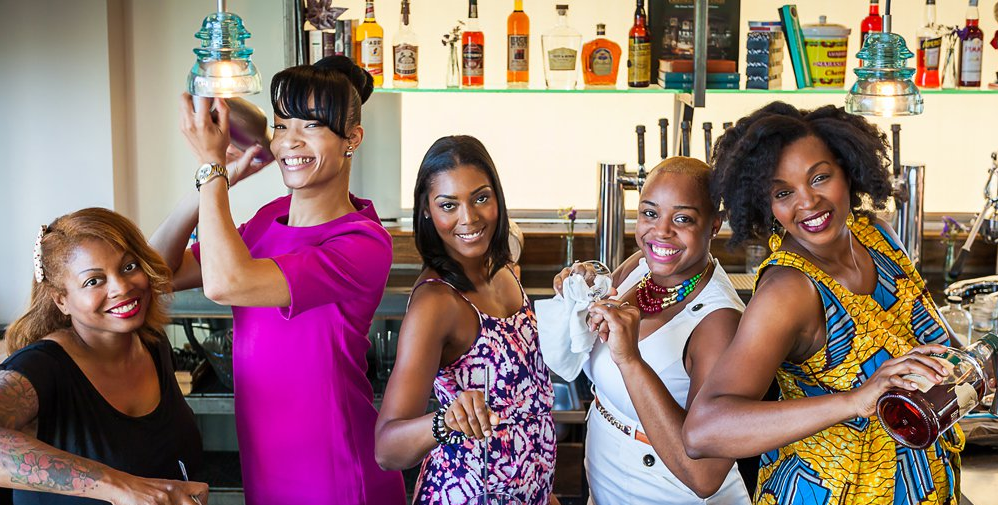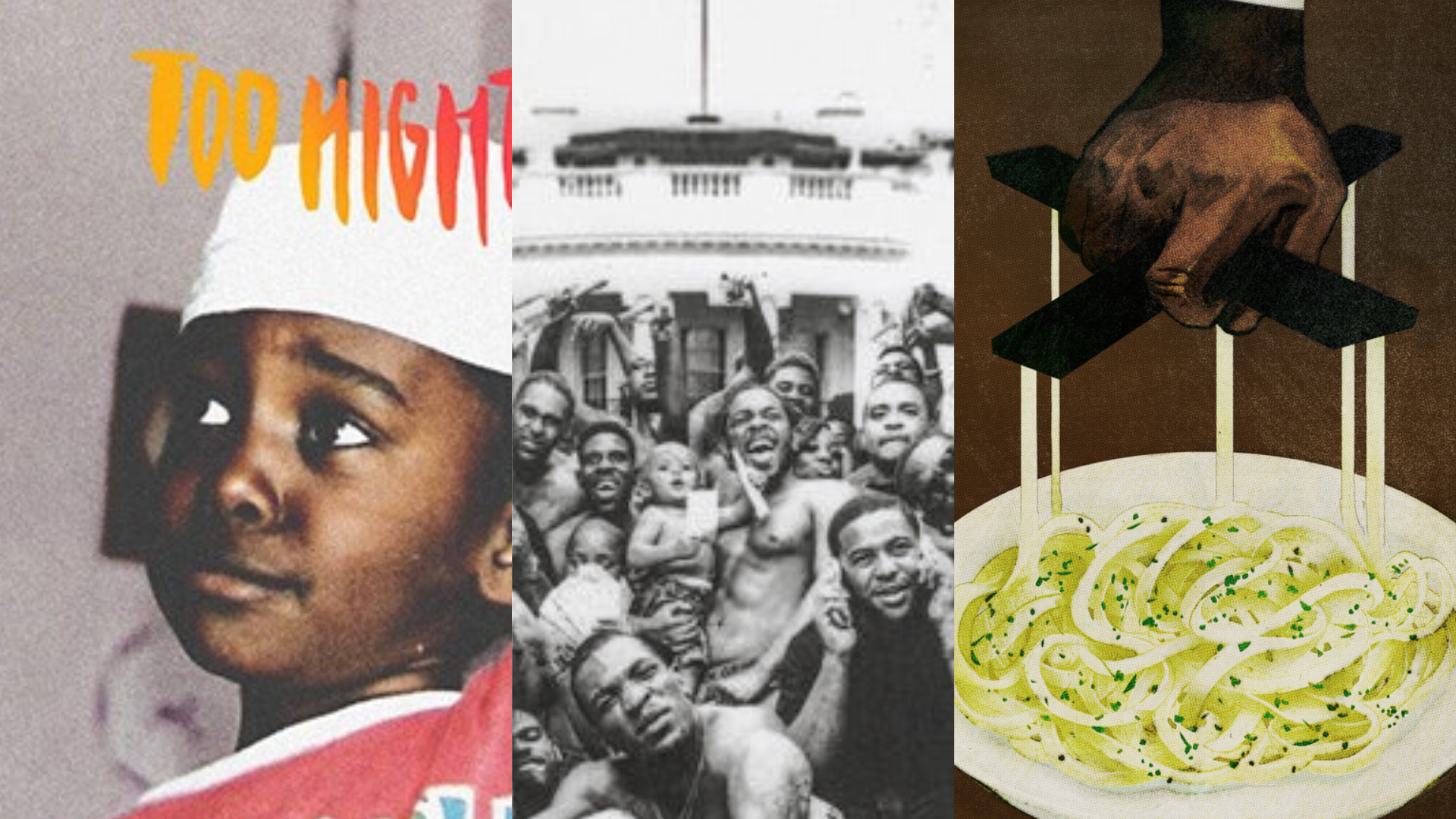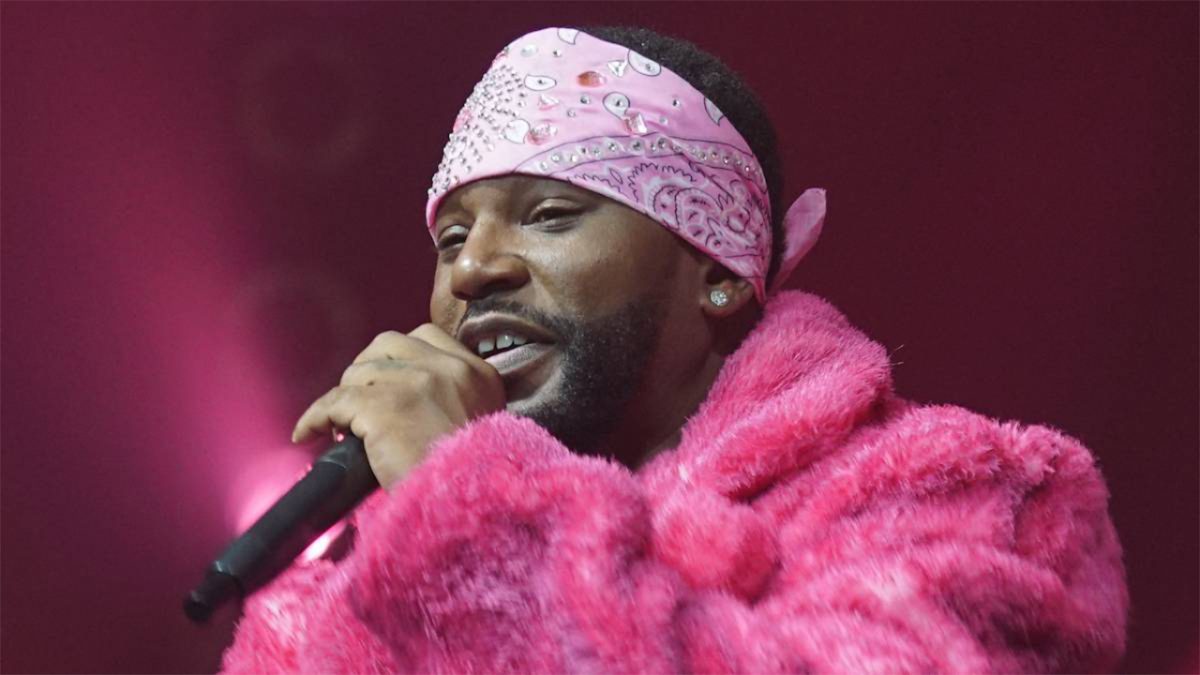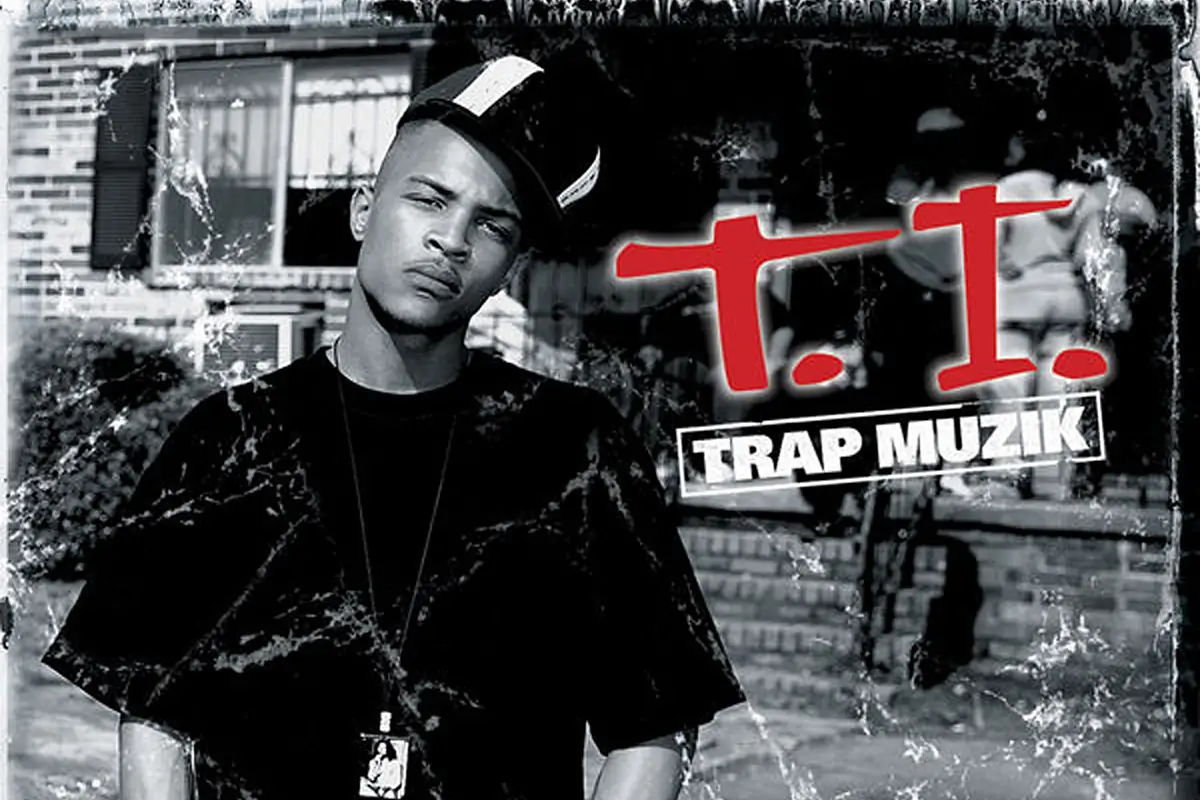Black-owned luxury fashion brands such as Fe Noel, Rich Fresh, Sassy Jones, Pyer Moss, Telfar, and others, are part of a crop of fashion houses that have gained recognition for their unique designs and their unapologetic authenticity. At times, many of the owners have been vocal in interviews or on social media about how people often question their high price points or their limited-edition runs. In short, it’s their prerogative. Unfortunately, that line of questioning isn’t uncommon for Black luxury designers.
We live in a world of inequity and where what’s considered acceptable high fashion is still viewed through a Eurocentric lens—despite some of the more revered brands appropriating or blatantly copying styles from BIPOC designers. There have been numerous boycotts of bigger brands due to Blackface incidents or appropriation, but now it’s time to shift our focus to supporting more Black designers, especially in the luxury space.
That is why American Urban Radio Networks caught up with Brandice Henderson-Daniel, founder of Harlem’s Fashion Row, to discuss how Black luxury designers are reshaping the concept of high-fashion and how we can support them.
American Urban Radio Networks: What constitutes luxury in the fashion world, and how has that view been shaped by Eurocentric standards of fashion?
Brandice Henderson-Daniel: I think luxury, period, is really about the quality and the craftsmanship. That’s it. If you put out something and it’s not a great fabric and you’re calling it luxury—then it’s not luxury. If you look at the fashion industry at large, a lot of what you know constitutes luxury is how things are branded. So you can have a product that’s not even made with leather, that’s made with a fabric that’s not great. We see things put out all the time—that might be plastic bags by a brand, but because of the brand’s reputation in the industry it’s still considered luxury because that brand is a luxury brand.

AURN: When it comes to Black designers in particular, a lot of them use their experiences in the world and channel that into their designs. What is it about Black culture or the Black experience in America that makes it prime inspiration for styling?
BHD: I think the Black experience is such a unique experience in that we literally came from, not just nothing—we came from being enslaved, not getting access to something as basic as education, which everyone should have access to, we came from a place of oppression. So, even nothing is better than oppression. And even with all of the weight that was placed on Black people in this country, we still figured out how to make something out of absolutely nothing, and if you think about what’s a good story—it’s a story about someone who built something from scratch, didn’t have any money, had all the things in the world against them. Those are the great stories.
So, of course, if you come from a place of privilege where’s your great story? It’s easier for them to borrow from someone’s story. That’s why you’ll see big luxury houses bring on a rapper. Because now I get to borrow your struggle. I get to borrow your street cred to be able to now associate it with my brand to make my brand a lot cooler. So brands do that often.

There are other times when, again, because we have come from such a place of oppression and have figured out so many things—some things we do out of necessity. We’ve never wanted to blend in. So, our goal is: How do we stand out? And that might be, I’m going to wear the big doorknocker earrings because this is how I’m going to stand out. Back in the 90s, you started to see brands picking up trends that were cool in the street. And so, I think the cool factor that comes with Black America really is that story of coming from nothing and building something.
That’s the story of: How can we borrow that? How can we pull from some of that? How can we steal some of that in some cases to make our brands feel like they’ve got a great story too and bring some of that cool to us? So, we’ve been dealing with that on so many different levels in the fashion industry for so many years, and if it were not for social media we’d still be dealing with it a lot more.

AURN: I know that one of the problems that Harlem’s Fashion Row addresses is giving Black designers more visibility, no matter what category they’re in. But what are some of the issues that Black designers in the luxury niche face?
BHD: They definitely have a hard time getting people to purchase from them and to pay luxury price points. And that’s from all people. There’s the challenge of me getting you to pay luxury price points for my luxury items because when people look at Black people and they look at fashion—they often times think it’s not going to be as good, or they don’t see it as valuable. And so that’s definitely part of the challenge that people face.
I think the other piece is raising money and getting the funds that they need to really push their brands forward. And then, on the flip side of that, I will say a lot of luxury brands are afraid to raise money. I definitely think there is a lot of fear from our community in the unknown. [So] I would say that the biggest challenge is definitely the financial piece of infrastructure. Having the right infrastructure is another part because now you have to be able to provide luxury customer service. Because if you’re a luxury brand and your items are priced at a luxury price point, then as a customer, I also want luxury customer service. I want luxury packaging. I want a luxury return policy. All of those things come with it, and I think all of that can be a challenge.

AURN: How do we deprogram ourselves when it comes to how we view luxury and learn to have a more inclusive view?
BHD: For designers who are doing an amazing job: Just keep doing what you’re doing. I’ve seen designers who have come from a place where a lot of people didn’t really know them and complained and moaned about their price points being too high, but these designers just stayed consistent. [They] said, “My price is what it is,” and eventually, people caught up to it. I think if you try to change an entire industry’s mindset, then how can you also be a designer? You can’t do both. So, it’s about staying consistent with your mission and then letting everyone catch up whenever they do.

